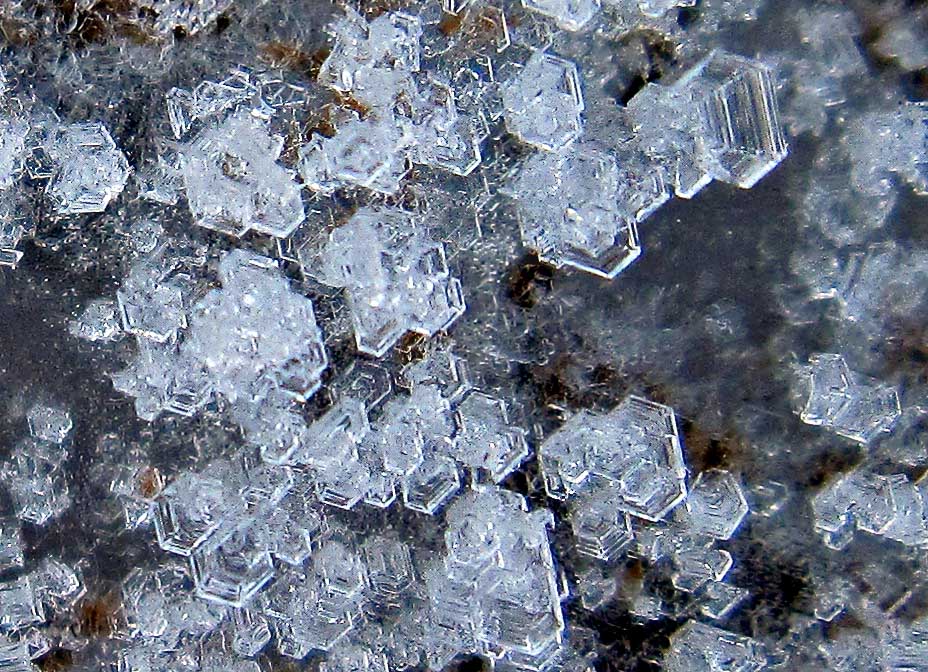
www.storyofsnow.com
In the Northwest, turfgrass continues to grow all year long. The winter months become cold, but not so cold to initiate dormancy. As the temperatures get low for a week or two at a time it causes us to become cautious with letting people on the course. This can put the turf team and the golf shop in a tough situation as we communicate course delays and closures to members that would like to go play.
Usually, a cold snap will produce frosty conditions which is straight forward on holding people back from playing until the frost lifts. I have mentioned it before and most people understand why we cannot allow traffic on frosted turf. Traffic on frost conditions can destroy leaf tissue and leave turf thin and weak all winter long. The slow growing conditions during the winter can slow healing down to a crawl and it could take months to come back with any other disturbances.
If the cold snap continues for an extended period of time then we have the possibility of the ground freezing. This opens up a completely different set of issues that are much more difficult to explain because they are not as visible as the frost conditions. In fact the ground could be frozen and the turf not frosty at all.
When the ground is completely frozen and the turf is not frosty we can allow play. When the ground begins to thaw and the top layer is thawed but frozen underneath we cannot allow play. It becomes a little confusing because we could be open one day when it is cold and then when it warms up it only makes sense that it is better for golf, but it is not for the course.
If the top layer shifts from the traffic of players we have the potential to have root shearing. A portion of the roots remain in the frozen layer while the rest of the plant has been thawed and in usually a saturated layer. The saturated layer is not much for structure and can shift fairly easily. This is why we do not allow any traffic onto the course even the turf equipment. The damage is not easily seen like a frost damaged foot print but it can show its ugly head in the spring as the turf begins to need water and nutrients.
As I explained above, the top layer is in a saturated area which also lends to severe compaction. Not even an inch below might be frozen like concrete which gives a good back board to squeeze that top layer between a foot and the frozen ground. This also is not damage that is easily seen, but will give us problems as we enter the next season.
Please bear with us as we tread lightly through the winter months. Although instant damage may not occur it is the future complications that we want to avoid. If you have any questions please feel free to contact me.
Justin Ruiz, CGCS, MG
justinr@indiansummergolf.com
































